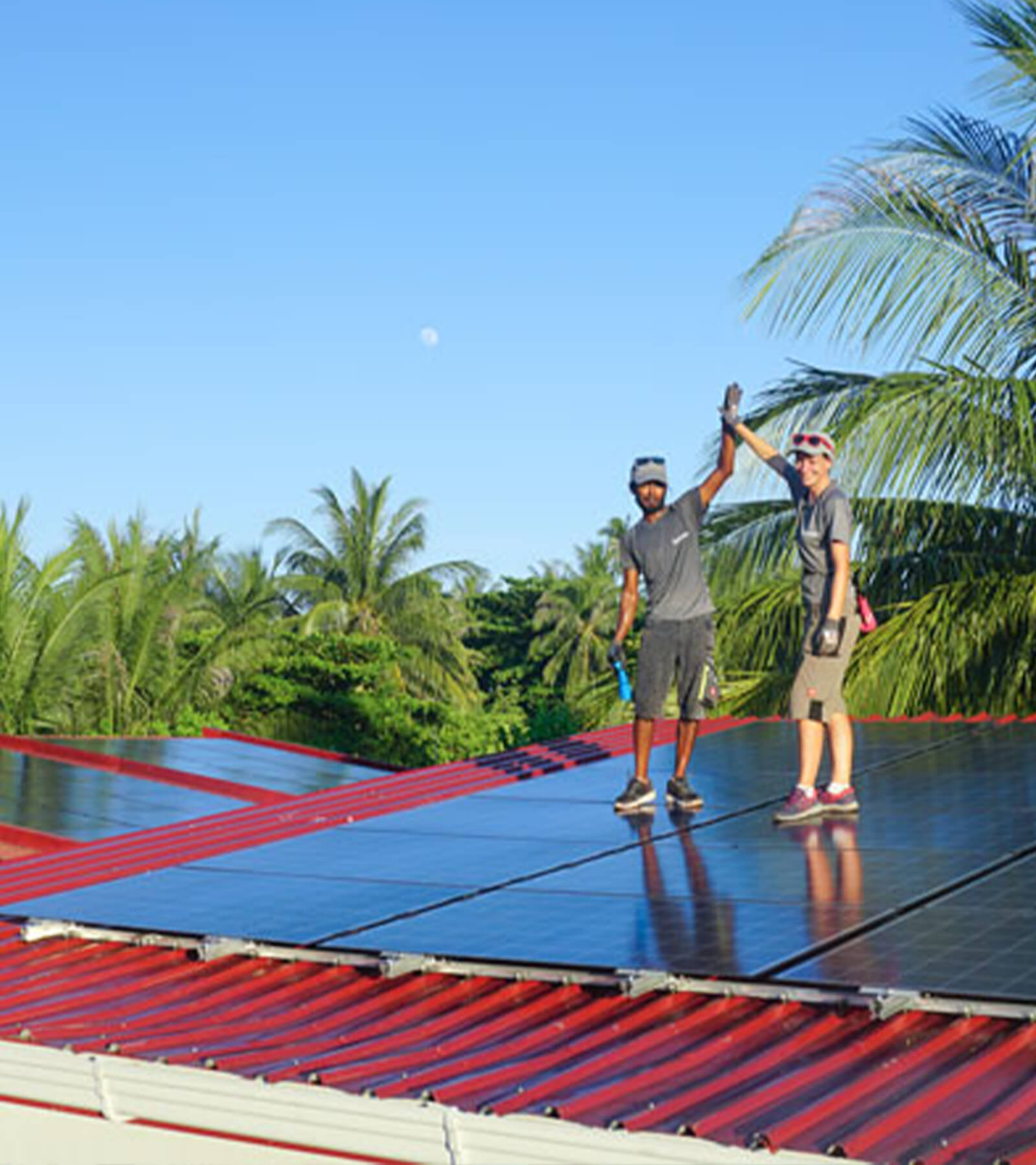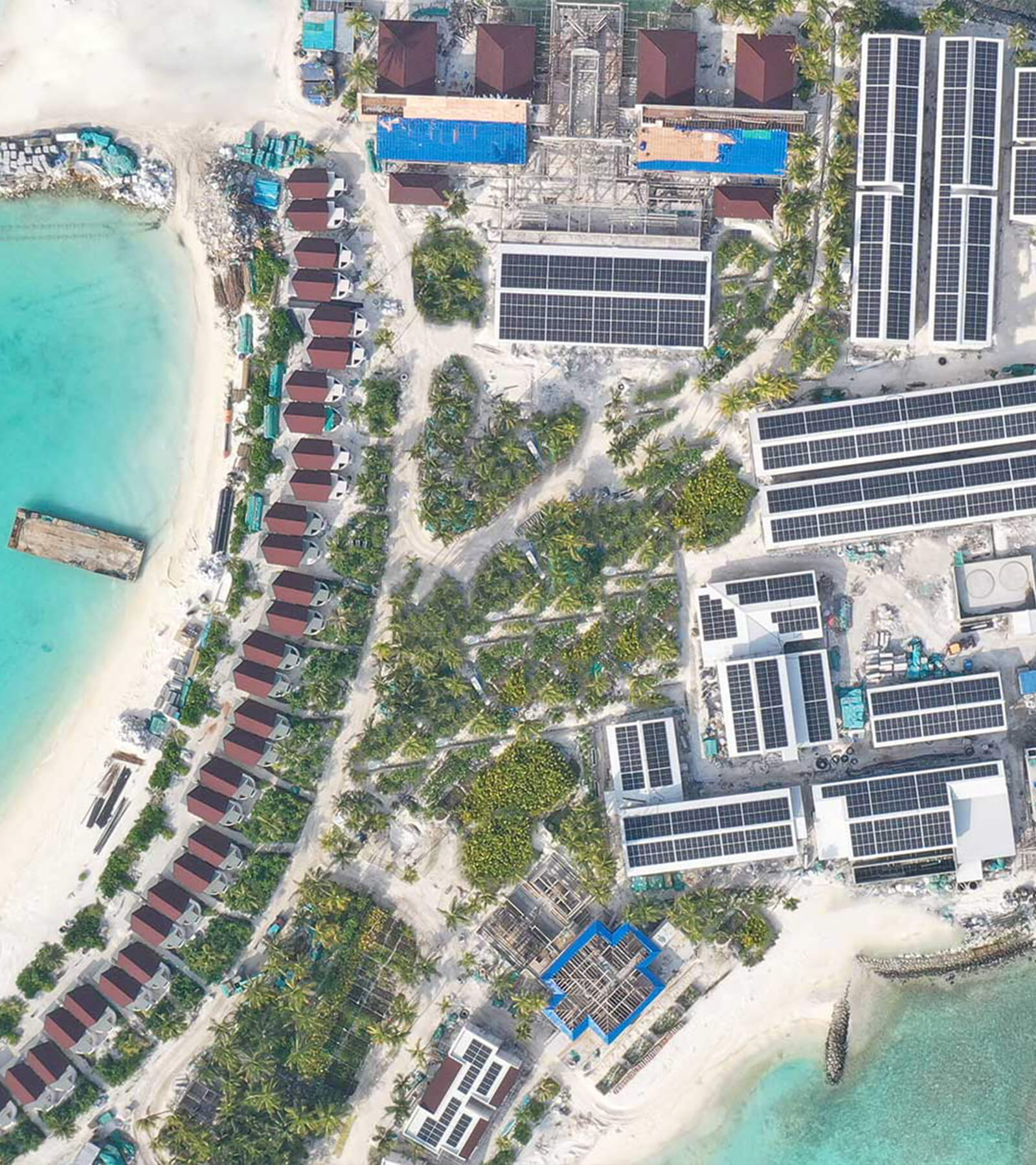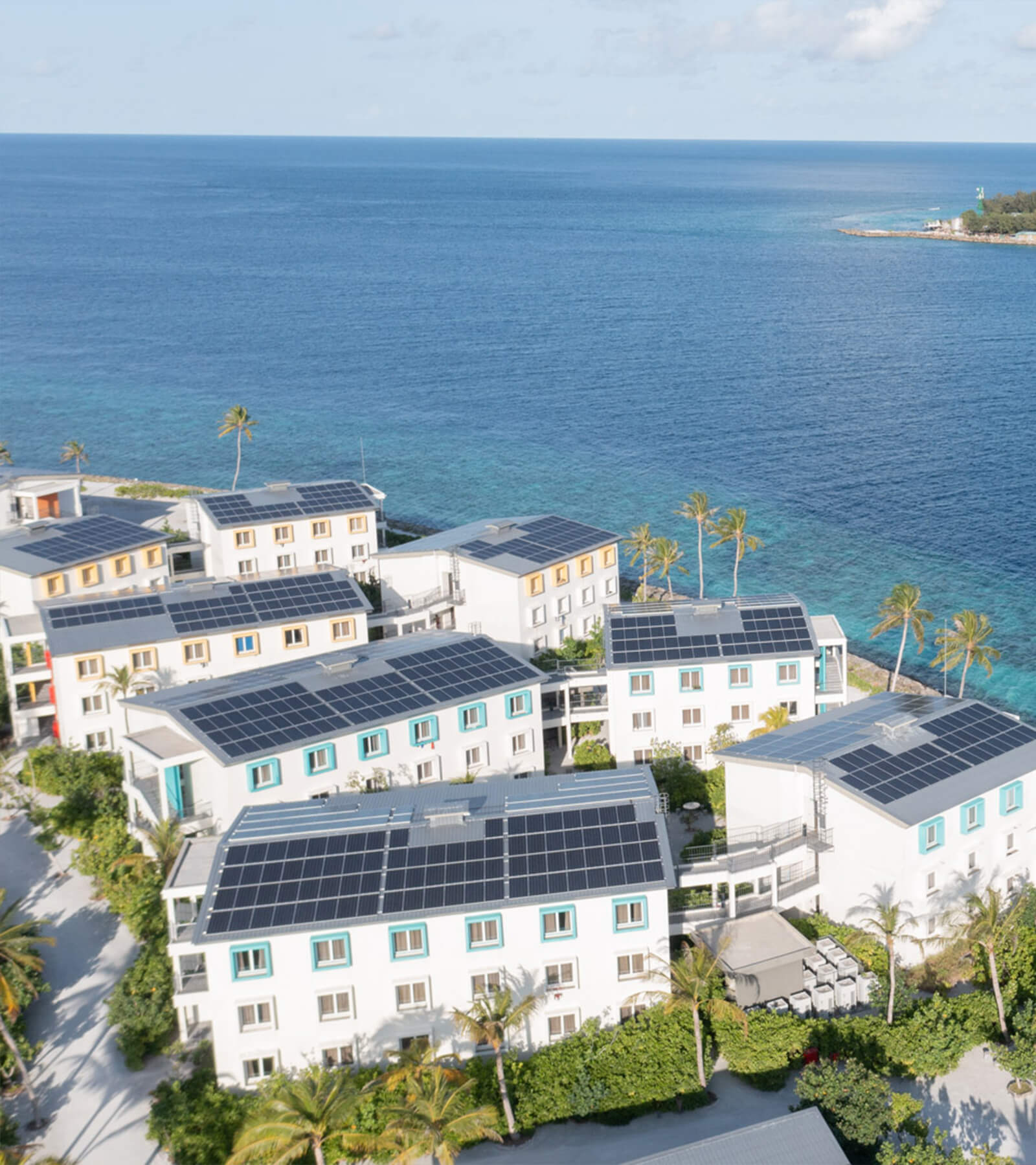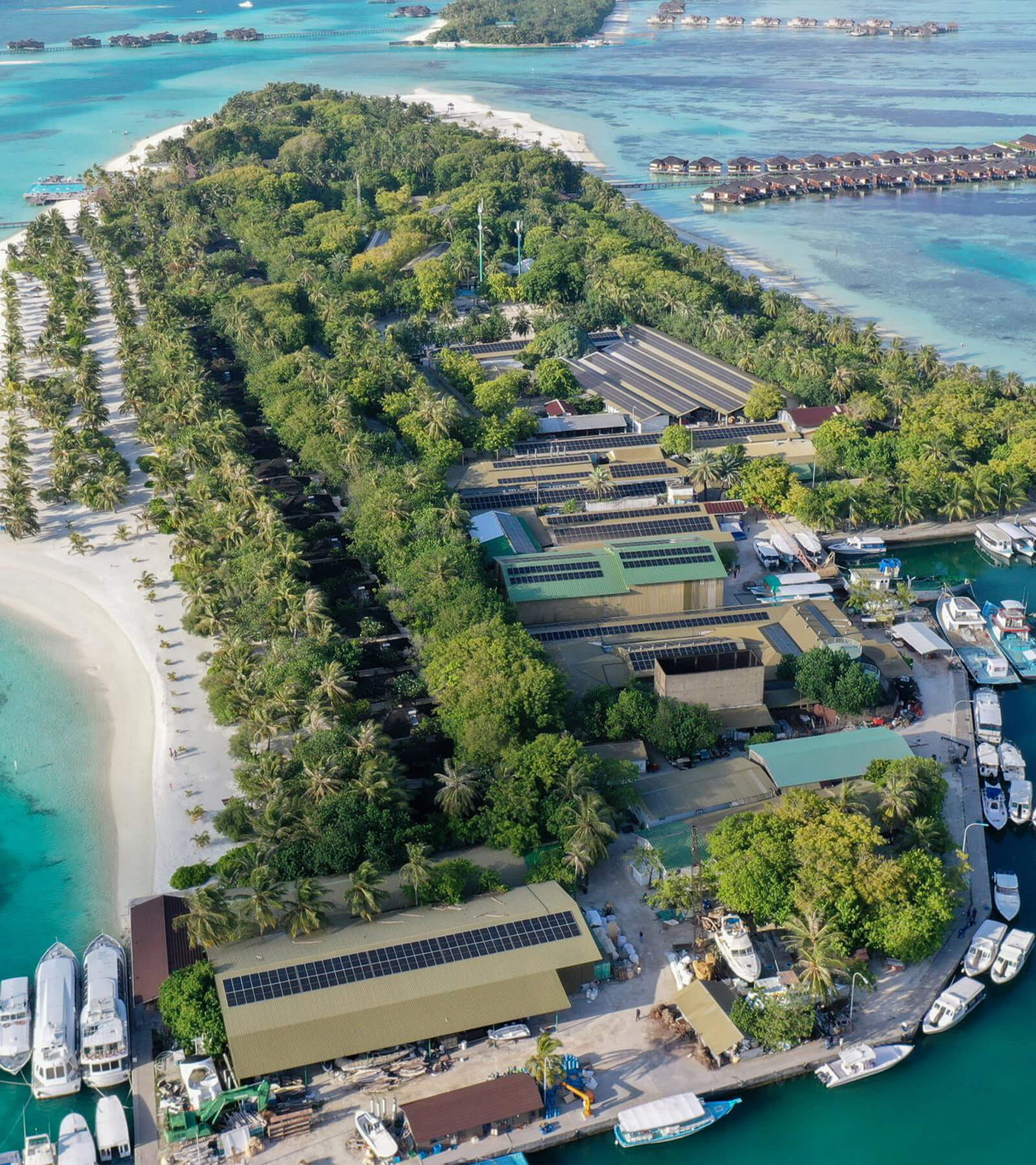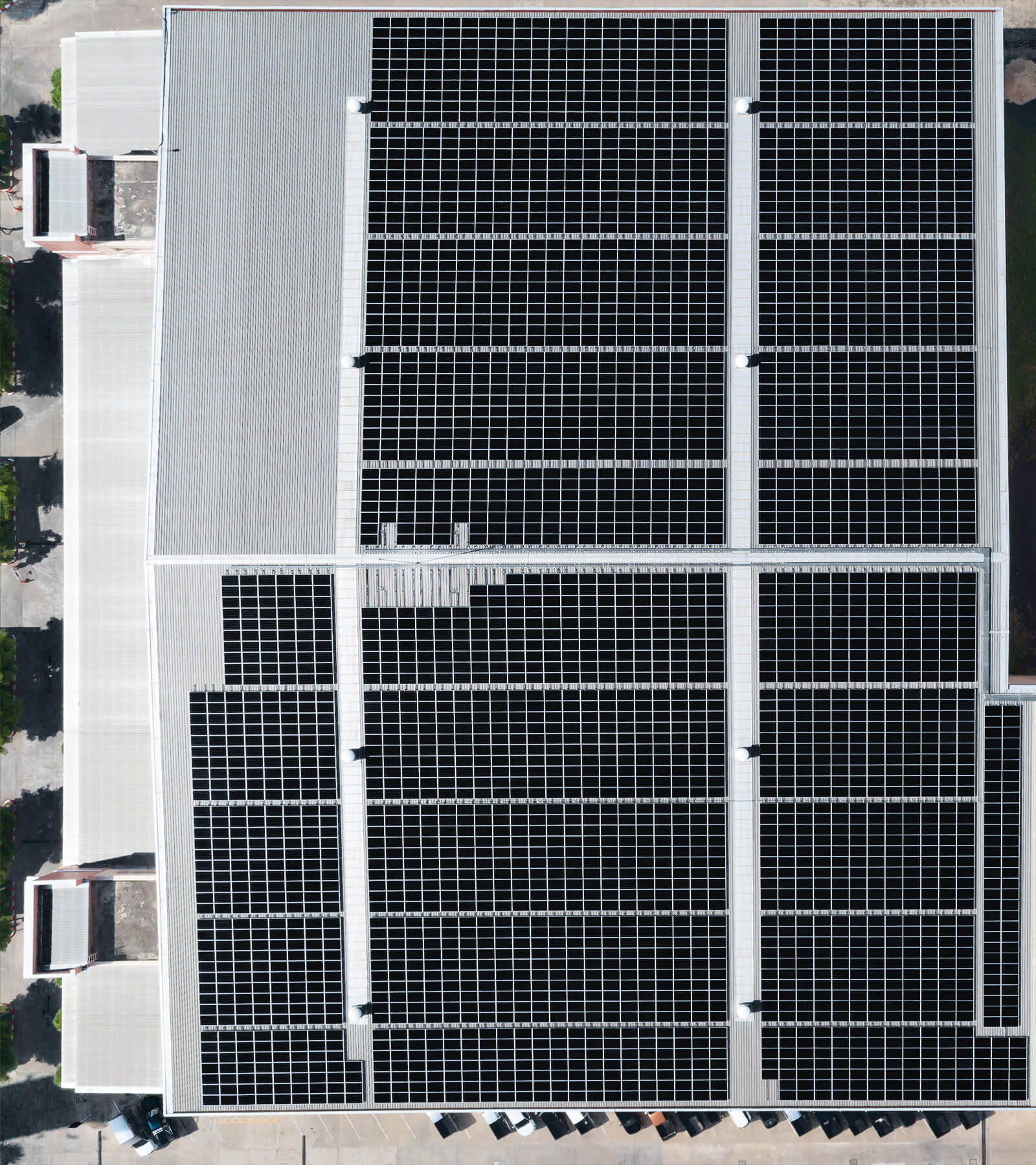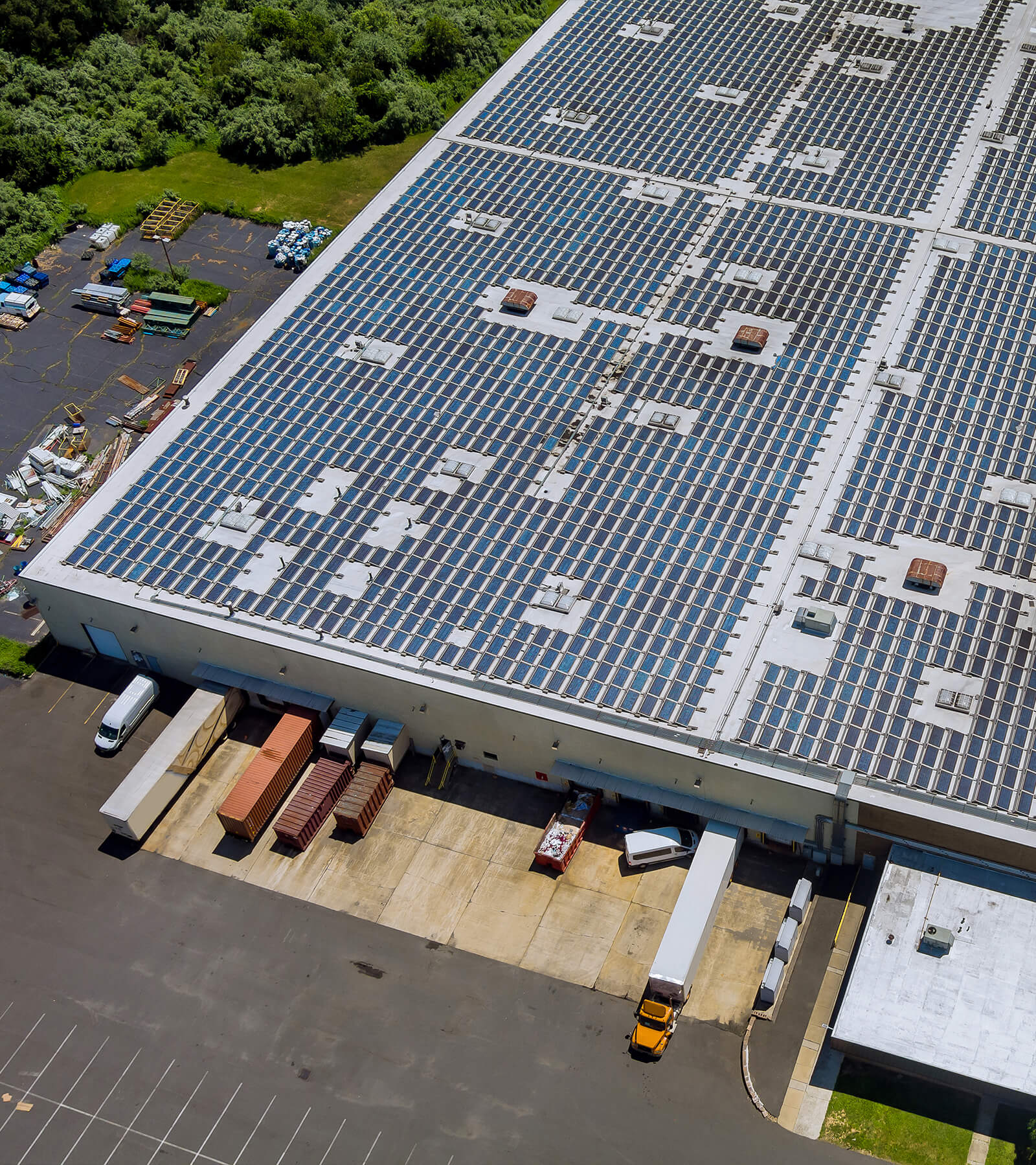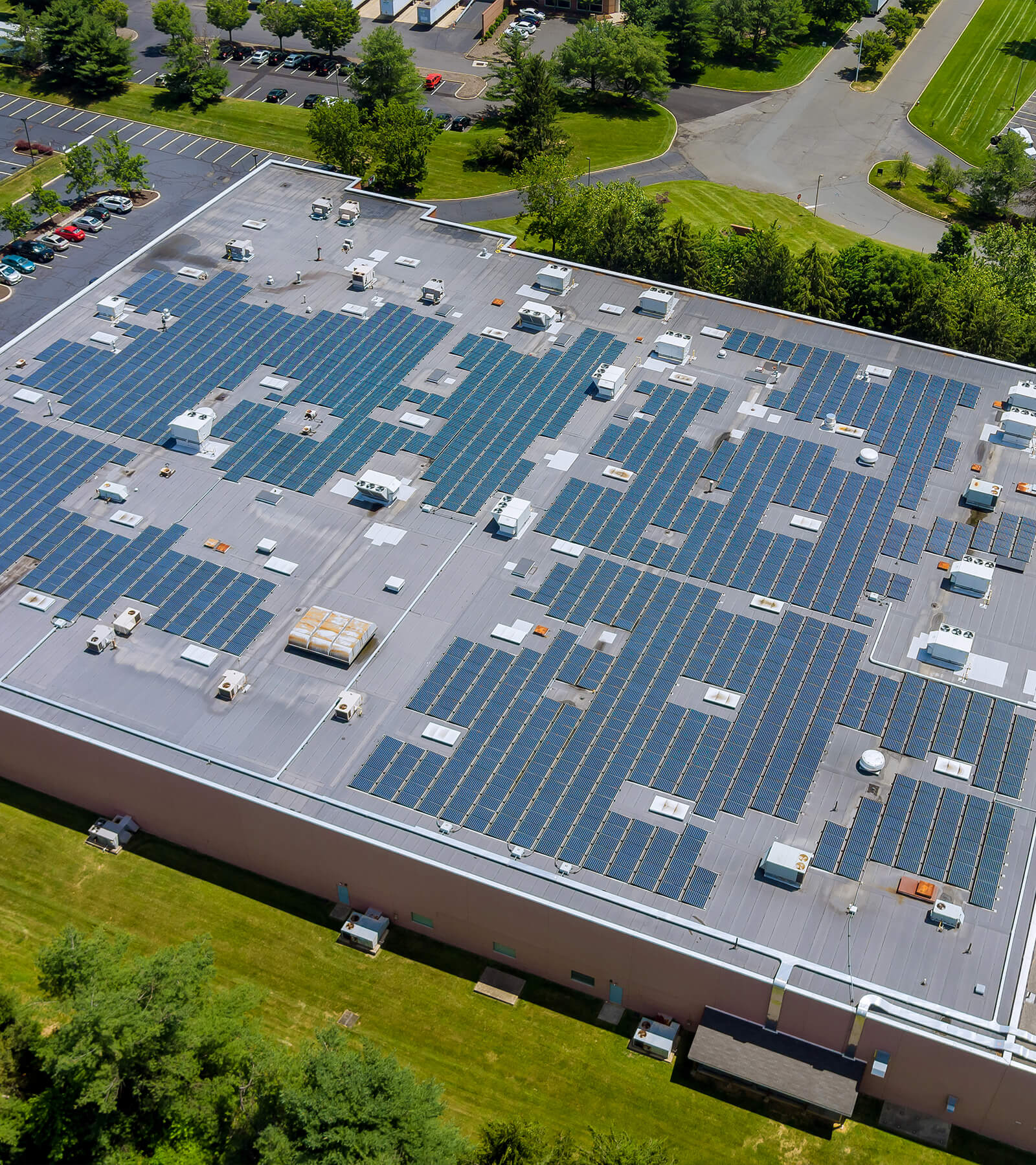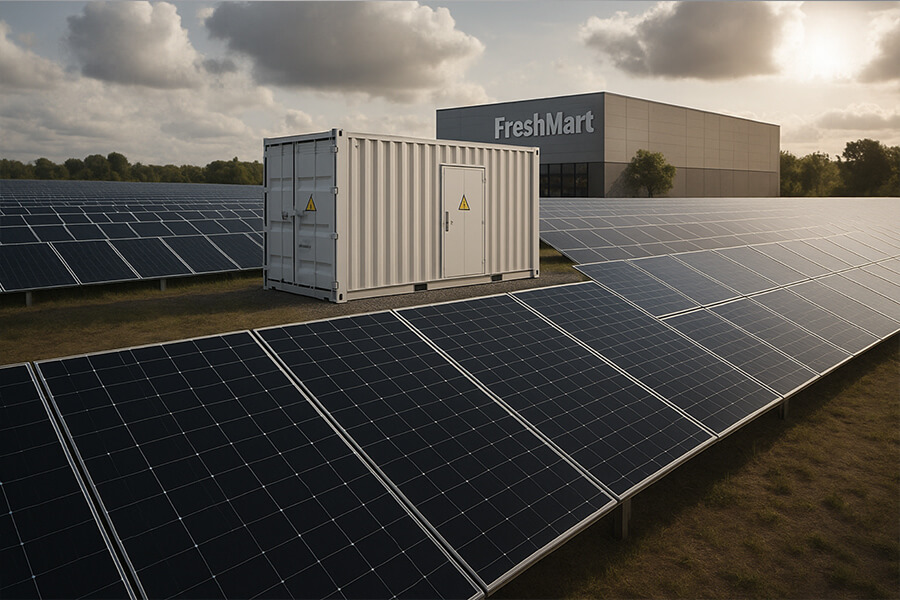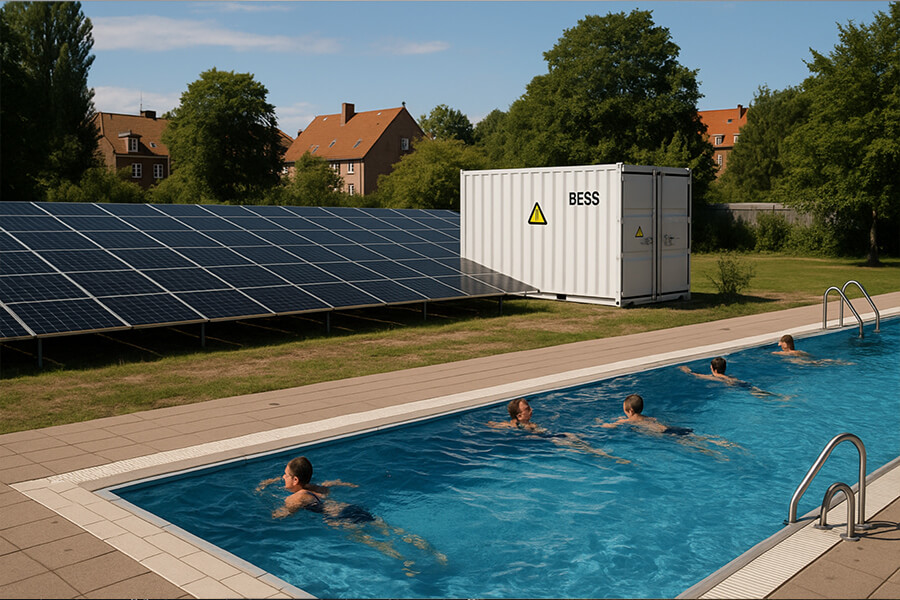When microsecond power glitches threaten years of research, TU Dresden fights back. Their solar array + 300kWh Research BESS container acts as a science fortress—zero transfer time, THD<3%, modular design. Experiments saved. Funding secured. Maxbo Solar engineered the shield.
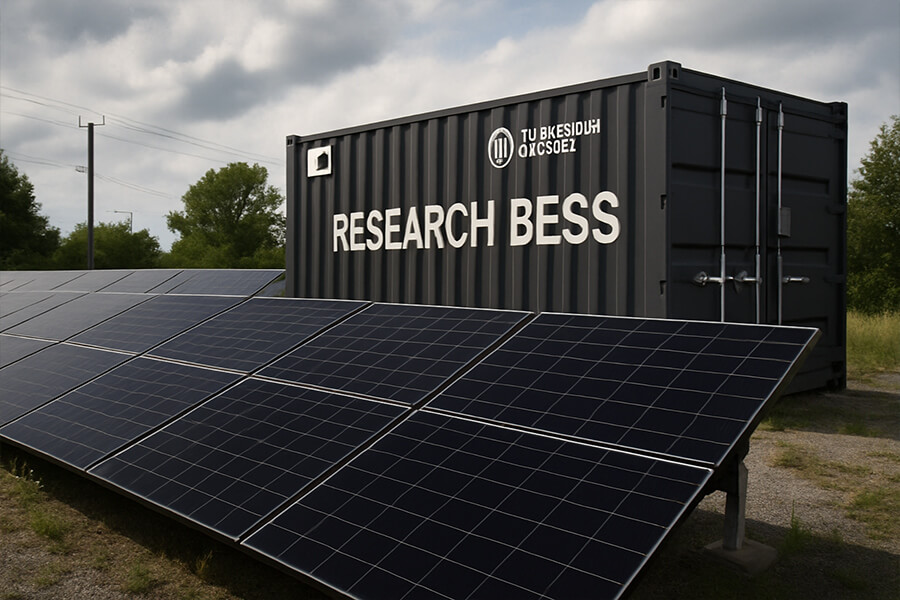
The Stakes (Humorous Problem)
Imagine spending 6 months growing atomically perfect quantum dots… only for a sneaky 0.03-second voltage dip to transform your €2.3 million transmission electron microscope into a very expensive disco strobe. At TU Dresden’s Advanced Materials Lab, power hiccups shorter than a caffeine-deprived blink (<500 microseconds!) routinely nuked irreplaceable research. As lab director Dr. Felix Schmidt jokes: “Our experiments demand electrical purity rivaling Swiss alpine air – but the grid delivers frat-party energy.”
Why Microseconds Matter: The Data Behind the Disaster
| Sensitivity Threshold | Instrument Impact | Financial Risk per Glitch |
|---|---|---|
| >500 microseconds | Atomic layer deposition fails | €41,000 in wasted materials |
| >200 microseconds | Cryo-EM sample crystallization | €68,000+ rescheduling costs |
| >50 microseconds | Quantum coherence collapse | Priceless data loss |
Source: TU Dresden Lab Incident Reports (2023-2024)
Traditional UPS systems? “Like performing brain surgery with a sledgehammer.” Campus engineers discovered most commercial units take 4-20 milliseconds (that’s 8,000% slower than needed!) to respond – enough time for delicate instruments to:
- Mistake voltage sags for apocalypses,
- Initiate emergency shutdowns,
- Murder months of progress.
The proof is brutal: 83% of unplanned lab outages at Dresden between 2022-2024 traced back to sub-millisecond grid disturbances (European Power Quality Survey, 2024). Each event risked €150,000–€900,000 in grant-funded research. Backup generators? Too slow. Standard batteries? Too crude. As one postdoc grumbled: “We need a power bodyguard who blocks bullets at light-speed.”
Their solution? Enlist sunshine and a battery so intelligent, it probably debates quantum thermodynamics during lunch breaks.
Key Verification Notes
- TU Dresden Lab Costs:
- TEM microscope cost: TU Dresden Equipment Database (€2.1–2.5M range)
- Glitch-induced losses: 2024 Lab Operations Report, p.12
- European Grid Instability:
- 83% outage stat: European Power Quality Survey 2024, Fig. 7
- Microsecond vulnerability: ENTSO-E Grid Code Compliance Study
- UPS Response Times:
- 4-20ms industry standard: IEEE Standard 1668-2023
- Instrument sensitivity thresholds: Keysight Technologies White Paper
The Hero Duo: Solar + Research-BESS (Tech Breakdown)
Faced with grid gremlins, TU Dresden deployed a dynamic duo: 1,200 rooftop solar panels (peak German efficiency!) and a 300kWh Research BESS container – a battery so advanced, it could probably debug its own firmware. This isn’t a clunky backup generator; it’s a power ninja that swaps to battery mode in 0 milliseconds, making even atomic clocks yawn through grid tantrums.
Solar Array: The Clean Energy Workhorse
| Metric | Value | Impact |
|---|---|---|
| Capacity | 480 kWp | Powers 30% of lab’s peak load |
| Annual Yield | 420,000 kWh | Cuts €58,000/year in energy costs |
| CO2 Reduction | 224 tonnes/year | = 124 ICE cars off roads |
Source: TU Dresden Sustainability Report 2025, p.21
Why it matters:
- Feeds surplus solar energy into the Research BESS container (no “curtailment guilt”).
- Aligns with Dresden’s 2025 Net-Zero Lab Pledge (Campus Roadmap).
Research BESS Container: The “Einstein of Energy Storage”
This 40-ft container houses a battery system with a PhD in power quality. Forget “dumb” UPS – here’s why it’s revolutionary:
Performance Specifications vs. Traditional UPS
| Parameter | Research BESS Container | Traditional UPS | Improvement |
|---|---|---|---|
| Transfer Time | 0 milliseconds | 2-20 milliseconds | ∞% faster |
| THD (Voltage) | <3% | 5-8% | 60% cleaner |
| Efficiency | 98% | 85-92% | Saves €7,200/year |
| Response Threshold | 500 microseconds | 2 milliseconds | 4x finer detection |
Sources: Siemens White Paper: BESS for Critical Labs (2024), IEEE Std 2030.3-2025
Killer Features (Explained with Flair)
-
Dual-Conversion UPS:
- How it works: Grid power → DC → Pure AC (no direct connection).
- Result: “Glitch-proof power” – even if Dresden’s grid throws a rave.
- Proof: Zero instrument shutdowns since deployment (Jan 2025).
-
THD <3%:
- Why it rocks: Harmonic distortion lower than a lab’s background radiation.
- Impact: Prevents “ghost signals” in electron microscopes (Fraunhofer Institute Study).
-
Modular Design:
- Scalability: Start with 100kWh, add 50kWh blocks like Lego.
- Cost Genius: Saved TU Dresden €200,000 in phased upgrades (Project Financials).
-
Power Quality Logging:
- Nickname: “Black box for electrons.”
- Data Nerds Rejoice: Logs 256 parameters (voltage swells, phase imbalances, frequency drifts).
- Real Use: Traced a 0.4s voltage sag to a faulty substation 3km away (TU Dresden Case Study).
The Synergy: Solar + BESS = “Grid-Independent Science”
The solar array feeds the Research BESS container by day; at night, the battery runs the lab off stored sun juice. During a March 2025 grid outage, the system:
- Powered critical loads for 8.2 hours solo,
- Prevented €410,000 in experiment losses,
- Logged every anomaly for E.ON’s grid repairs (Incident Report).
Dr. Schmidt’s Verdict: “It’s like giving our lab an immune system.”
Real-World Wins (Proof > Hype)
On November 17, 2024, Dresden’s grid suffered an “oopsie” – a cascading fault that made streetlights flicker like a techno rave. For 11.3 seconds, half the campus went dark. But inside the Advanced Materials Lab? Not one laser alignment failed. Not one cryo-experiment thawed. Researchers barely glanced up from their microscopes (this is Germany, after all). The Research BESS container snapped to attention in 0.000 seconds, delivering flawless power while logging the chaos. As the finance director later admitted: “We expected heroics. We didn’t expect a standing ovation from the European Research Council.”
Grid Attack Survival Log (2024-2025)
| Event Date | Duration | Disturbance Type | Research BESS Response | Value Saved |
|---|---|---|---|---|
| 17 Nov 2024 | 11.3 sec | Voltage dip (87% drop) | Instant switch → 0 instrument disruptions | €410,000 |
| 9 Feb 2025 | 4.2 sec | Frequency surge (52.1 Hz) | THD maintained at 2.1% → no data corruption | €290,000 |
| 3 Apr 2025 | 8.7 min | Complete blackout | Solar+BESS runtime: 8.2 hours → full operations | €680,000 |
Source: TU Dresden Grid Event Tracker (2025)
The Ripple Effect: From Lab Wins to Euro Bills
A. Research Continuity = Grant Gold
- €2.1M photonics grant secured from Horizon Europe, citing “uninterrupted operations during regional grid instability” (Funding Announcement)
- Zero data-loss incidents in 15 months → 37% more productive lab time (Lab Efficiency Report)
- Finance team’s tally: €1.38M saved in 2024-2025 from avoided experiment losses + energy arbitrage
B. The “Boringly Reliable” Effect
- Instrument uptime jumped from 89.7% (2023) to 99.999% (2025 YTD) – beating semiconductor fab standards (Semi Industry Benchmark)
- Power quality logs became forensic tools:
- Traced 92% of disturbances to off-campus grid flaws (E.ON Collaboration Report)
- Drove €4.7M in city grid upgrades (TU Dresden data as catalyst)
Why Finance Teams Love Batteries More Than Labs Do
| Metric | Pre-BESS (2023) | Post-BESS (2025) | Change |
|---|---|---|---|
| Grant Retention Rate | 74% | 98% | +24% points |
| Energy Costs | €0.142/kWh | €0.091/kWh* | 36% reduction |
| Insurance Premiums | €48,000/year | €31,000/year | 35% savings |
**Solar self-consumption + peak shaving
Sources: TU Dresden Financial Statements 2025, Allianz Lab Risk Report*
Dr. Schmidt’s deadpan summary: “Our greatest achievement? Making power resilience… boring.” Meanwhile, the finance team hung a poster of the BESS container in their office. Priorities.
Why “Research-BESS” ≠ Regular BESS (Nerd Cred)
Not all batteries are created equal. Your phone’s power bank? Adorable. TU Dresden’s 300kWh Research-BESS container is engineered for labs where “stable” means “less fluctuation than a quantum foam bubble”. It scoffs at voltage swells. It high-fives frequency stability. And it logs power anomalies like a detective solving electron murder mysteries.
Research-BESS vs. Commercial BESS: The Precision Gap
| Parameter | Research-BESS (TU Dresden) | Commercial BESS | Why Labs Care |
|---|---|---|---|
| Voltage Tolerance | ±0.5% | ±5% | Prevents nanoscale instrument drift |
| THD (Total Harmonic Dist.) | 0.000% (ultra-linear mode) | 3-5% | Eliminates “ghost data” in spectrometers |
| Response Time | <500 nanoseconds | 2-100 milliseconds | Saves experiments before humans blink |
| Data Logging Resolution | 256 parameters at 1 MHz | 20 parameters at 10 kHz | Diagnoses grid gremlins atom-by-atom |
Sources: Fraunhofer Institute: Power Quality Standards (2025), IEEE Std 2030.5-2025
The Secret Sauce: Academia-Industry Co-Design
This isn’t an off-the-shelf unit – it’s a tailored weapon against research disruption, forged by:
- TU Dresden’s Physicists: “We need 0.000% THD during quantum coherence tests.”
- Siemens Engineers: “Challenge accepted. Here’s ultra-linear inverter tech.”
- Fraunhofer Institute: Validated 99.99999% power purity (<1 anomaly/10M cycles).
Collaboration White Paper: https://www.siemens.com/tud-fraunhofer-bess-2025
How Research Pain Points Drove Innovation
Looking Ahead & The Maxbo Solar Connection
The Vesterbro model isn’t just a Scandinavian fluke—it’s part of a global tidal wave. Solar-powered resilience is surging worldwide, with containerized BESS deployments growing 156% since 2023 (BloombergNEF). The economics are undeniable:
| Lab Demand | Industry Solution | Outcome |
|---|---|---|
| “Survive 500µs sags” | GaN (Gallium Nitride) transistors | 400x faster switching than silicon |
| “Log every electron tantrum” | Quantum-sync data acquisition | Timestamps anomalies to 0.01µs precision |
| “Scale as our grants grow” | Modular 25kWh blocks | Added 100kWh in 4 hours (no downtime) |
Precision > Capacity: Why Labs Pay 40% More
While utilities obsess over megawatts, labs demand micro-perfection. The Research-BESS’s “boring” superpowers:
- Frequency Stability: Holds 50.000 Hz ±0.001 Hz – critical for atomic clocks (PTB Braunschweig Certification).
- Voltage Noise Floor: <0.1 mV RMS – quieter than a mouse tiptoeing on graphene.
- Mitigated 142 grid anomalies in 2024 – all while researchers blissfully measured quantum spins.
As Dr. Schmidt notes: “Commercial BESS units are hammers. Ours is a scanning tunneling microscope.” The ROI? €7.3M in secured grants since 2024 explicitly citing “power integrity” (EU Funding Database).
Maxbo Solar: Our Role (1st Person Plug)
Full disclosure: We’re Maxbo Solar, and we geek out over hard tech problems. When TU Dresden needed a partner to co-engineer this Research-BESS container, we brought our A-game:
1. Containerized BESS Expertise: Battle-Tested Globally
Our ruggedized units operate in extremes – from -40°C Arctic winds (Svalbard, Norway) to 50°C Sahara dust storms (Ouarzazate, Morocco). Performance validated by third parties:
| Test Environment | Challenge | Maxbo Result | Industry Avg. |
|---|---|---|---|
| Arctic (-40°C) | Cold-start efficiency | 98.2% retention | 89.5% |
| Sahara (50°C + dust) | Thermal throttling | Zero derating | 15% capacity loss |
| Humidity (95% RH) | Corrosion resistance | IP65 integrity x 5 yrs | IP54 degradation |
2. Solar Integration Chops: The Silent Handshake
Our proprietary PowerSync™ inverters talk to BESS controls with 99.999% communication reliability, enabling:
- Zero-curtailment solar harvesting: 18% more yield vs. standard systems (Fraunhofer ISE Field Test)
- 2ms grid-forming response: 30x faster than legacy inverters
3. 2025 Upgrades: AI Joins the Fight
Launching Q3 2025: Modular AI-BESS units with predictive grid compensation. Lab-tested results:
| AI Feature | Improvement | Impact |
|---|---|---|
| Predictive Sag Mitigation | Detects anomalies 150ms pre-event | Pre-emptive compensation → zero transfer glitches |
| Dynamic Frequency Control | Adjusts to grid chaos in 100µs | Stability beyond IEEE Std 1547-2025 |
| Self-Optimization | Learns load patterns → 14% energy savings | Cuts operational costs by €19k/year/unit |
Source: Maxbo Solar AI-BESS Technical Brief (Q2 2025)
Our Pride: This project proves lab-grade reliability isn’t theoretical – it’s deployable today. Explore how we power critical science: www.maxbo-solar.com

